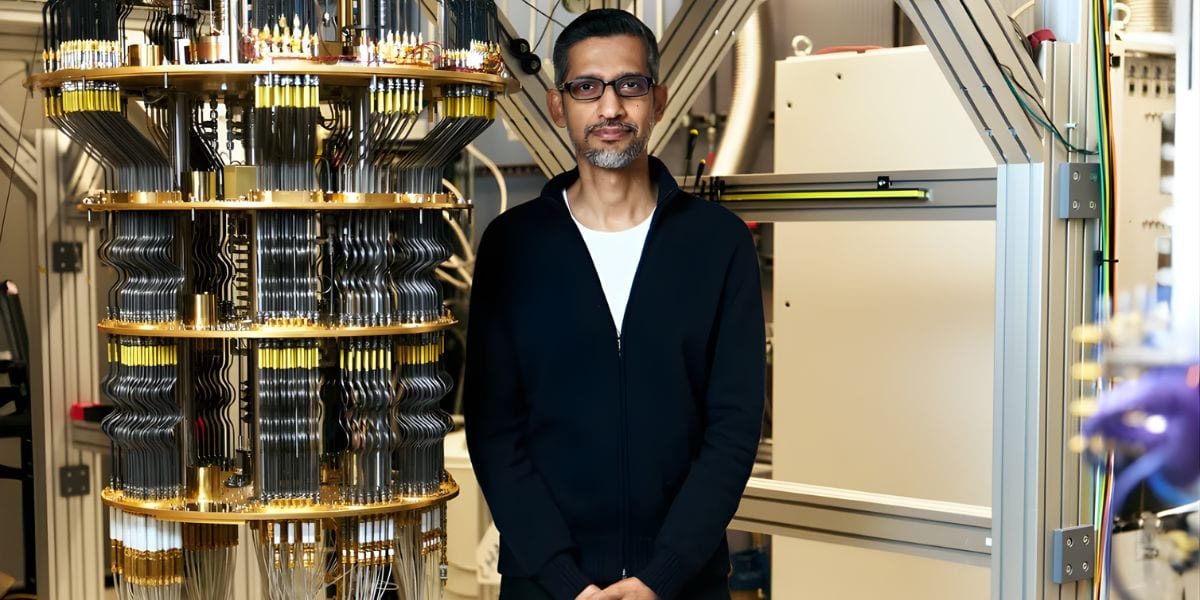Google has unveiled its latest quantum processor milestone, the Willow chip, marking a significant step toward scalable quantum computing. The company claims the chip has achieved what it describes as a verifiable quantum advantage, reducing errors as it scales and completing a benchmark task in minutes that classical supercomputers would require eons to replicate.
What Willow Achieves
The Willow chip features roughly 105 physical qubits and is part of Google’s Quantum AI roadmap. Notably, Google reports that as more qubits are added, the chip’s error rate falls, a major breakthrough in quantum error correction.
In tests, Willow reportedly executed a random circuit sampling task in under five minutes, a computation that would take a classical supercomputer an estimated 10¹⁰²⁵ years, highlighting the milestone as a demonstration of quantum supremacy!
Why “Verifiable” Matters
Google emphasizes that the results from Willow are verifiable, meaning independent researchers or other quantum systems can cross-check outcomes, bolstering credibility and scientific reproducibility. Experts note that verification is integral for quantum systems to shift from laboratory novelty to real-world utility.
Real-World Implications and AI Integration
Beyond raw performance, Google envisions Willow feeding into practical applications such as materials discovery, complex molecular simulations, and generating new training data for artificial intelligence models. The company frames the chip as a bridge between quantum hardware and AI workflows that require unprecedented computational scale.
Security, Cryptography and Market Impact
The announcement also raises important security questions. While Willow is not yet capable of breaking modern encryption systems like RSA or elliptic curve cryptography, Google confirms the engine is not a cryptanalytically relevant quantum computer at this stage. Nonetheless, cybersecurity researchers argue the trajectory signals an accelerated need to adopt quantum safe cryptographic standards.
Independent Analysis and Skepticism
Industry analysts caution that while Willow represents a clear technical advance, the label of fully practical quantum advantage is premature. The achievement is viewed as a step in the journey rather than the destination, emphasizing that Willow addresses key scalability and error correction hurdles but does not yet tackle large scale logical qubit architectures required for industrial use.
What’s Next on the Quantum Highway

Going forward, the quantum computing community will watch for several key indicators:
- Demonstrations of useful quantum algorithms solving real world problems rather than benchmark tasks.
- Scaling from physical to logical qubits with comprehensive fault tolerance.
- Integration of quantum processors into hybrid quantum classical systems.
- Transparent reporting of performance, error rates and reproducibility.
Willow marks a landmark moment for Google’s quantum program and for the industry at large. Though the chip is not yet ready to overhaul computing or security infrastructure overnight, its verifiable performance and error correction advances place Google among the top contenders in the quantum race.
